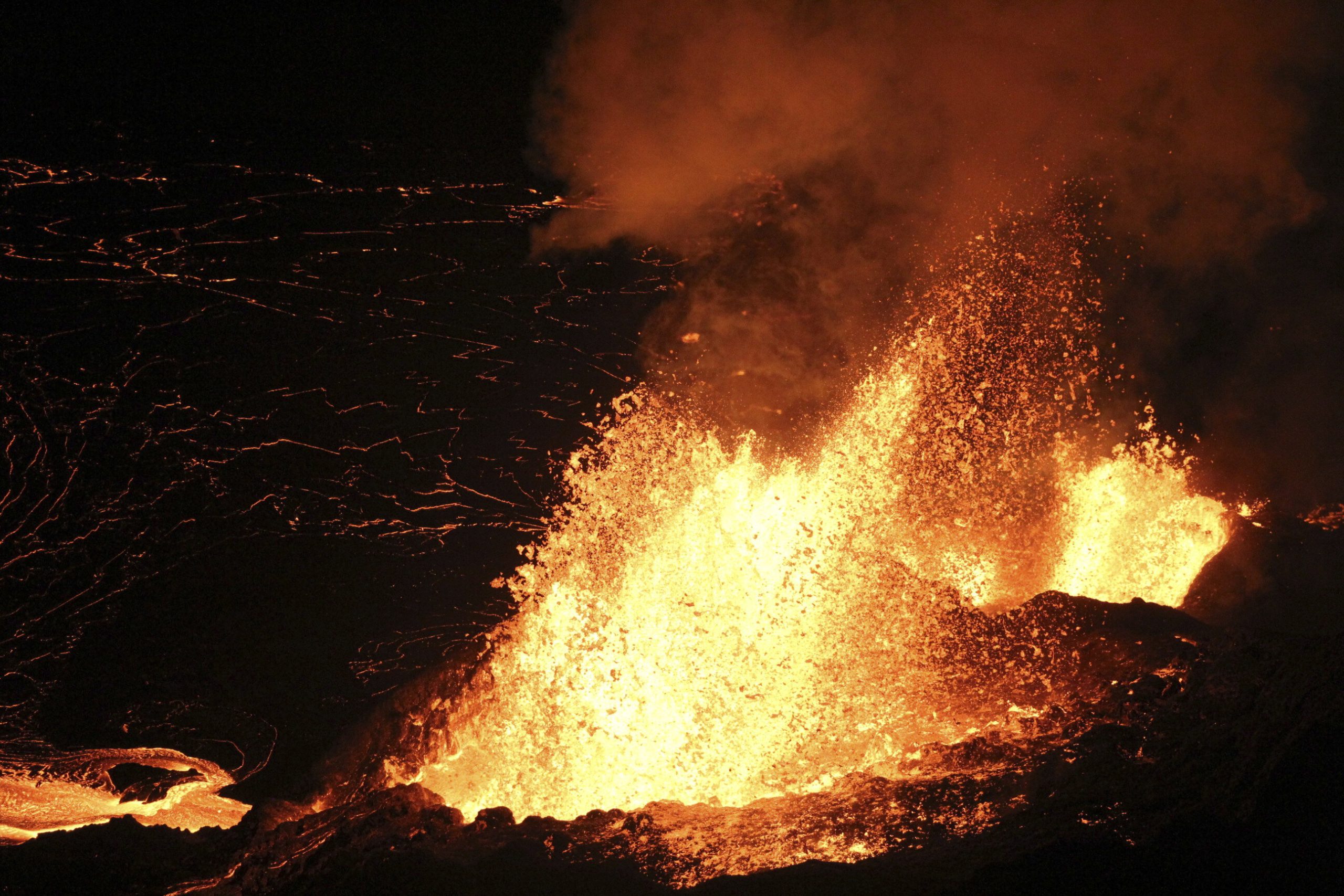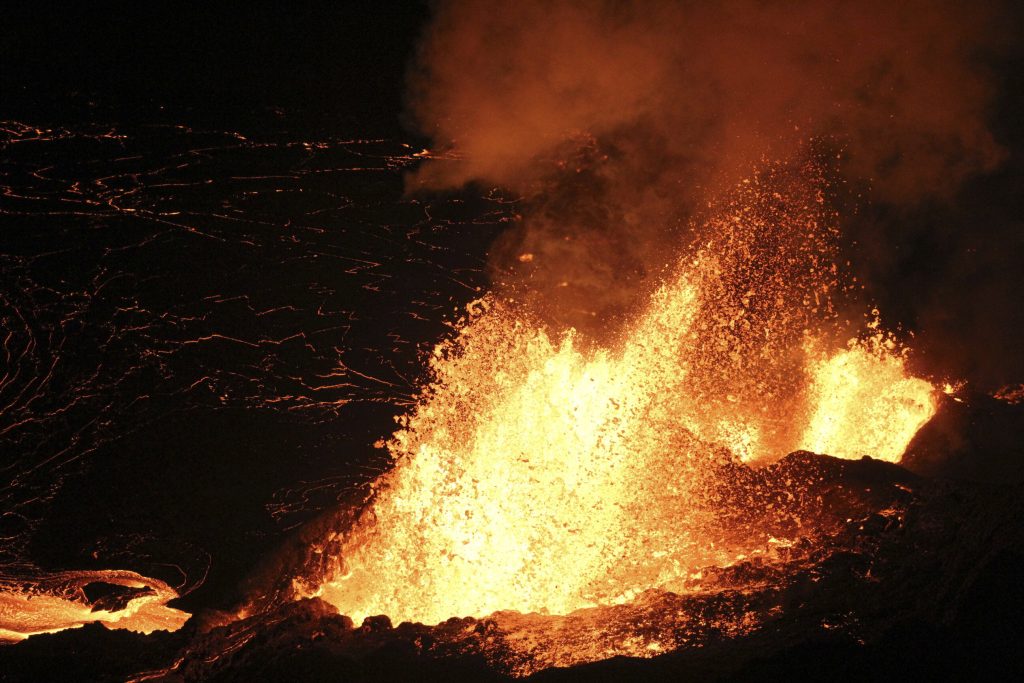Hawaii’s Kīlauea volcano is stealing the spotlight once again, erupting with massive lava fountains and glowing rivers of molten rock. The fiery display is mesmerizing tourists and scientists alike, but it also comes with some risks. While no homes are in immediate danger, officials are closely monitoring the situation as the eruption intensifies.
Is This Eruption Dangerous? What You Need to Know
So far, no homes or communities are at risk, as the lava is staying within the crater. But that doesn’t mean there aren’t dangers.
Volcanic gas emissions are a major concern. Sulfur dioxide, which is being released by the eruption, can irritate the lungs and make breathing difficult, particularly for people who have asthma or other illnesses. Authorities caution that if trade winds drive the gas toward inhabited areas, the quality of the air could get worse in some places.
Pele’s Hair, a kind of volcanic glass that develops when lava fountains cool quickly in the wind, is another problem. Eyes, skin, and even water supplies are at risk from these microscopic, pointed strands, which may move for miles.
Visitors heading to Hawaiʻi Volcanoes National Park are advised to stay in designated viewing areas, wear masks if needed, and avoid touching any strange glass-like fibers on the ground.
Lava Eruption Lights Up the Sky
It all began at 10:16 a.m. on Tuesday, February 11, when Halemaʻumaʻu Crater on Kīlauea came to life. In just a few minutes, lava exploded through the crater floor, sending molten rock fountains 330 feet into the air—taller than a 30-story structure!

The spectacle was absolutely stunning for those fortunate enough to see it firsthand. The night sky was illuminated by bright orange lava streams that flowed like rivers, producing an almost unearthly and bizarre image.
Kilauea has erupted nine times since December, and although scientists anticipated some activity, many were surprised by how strong this most recent eruption was.
Why Kilauea Is So Important
Not just ordinary volcano, Kīlauea is one of the planet’s most active and has great spiritual meaning for Native Hawaiians. Pele, the goddess of fire and volcanoes, is said to reside there, and each eruption is interpreted as a natural change occurring on the island.
This eruption presents scientists with yet another opportunity to investigate the planet’s internal mechanisms. Every lava eruption offers important hints on how ecosystems and landscapes are impacted by volcanic activity.
What’s Next? More Eruptions Could Be Coming
Geologists caution that other lava explosions may happen in the days to come, even if it is impossible to tell how long this one will last. In the past, eruptions have lasted anywhere from a few hours to weeks or even months.
Thousands of people come to see one of nature’s most impressive spectacles, and Kīlauea is still a beautiful yet controlled occurrence. Don’t worry if you can’t get to Hawaii; live broadcasts are providing an up-close look at the action as it happens.

